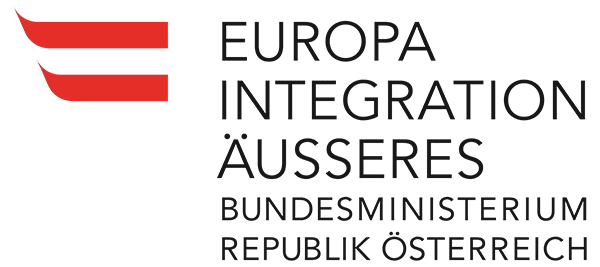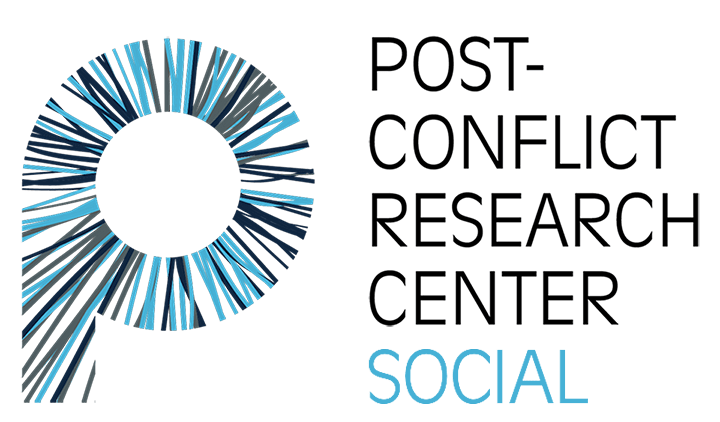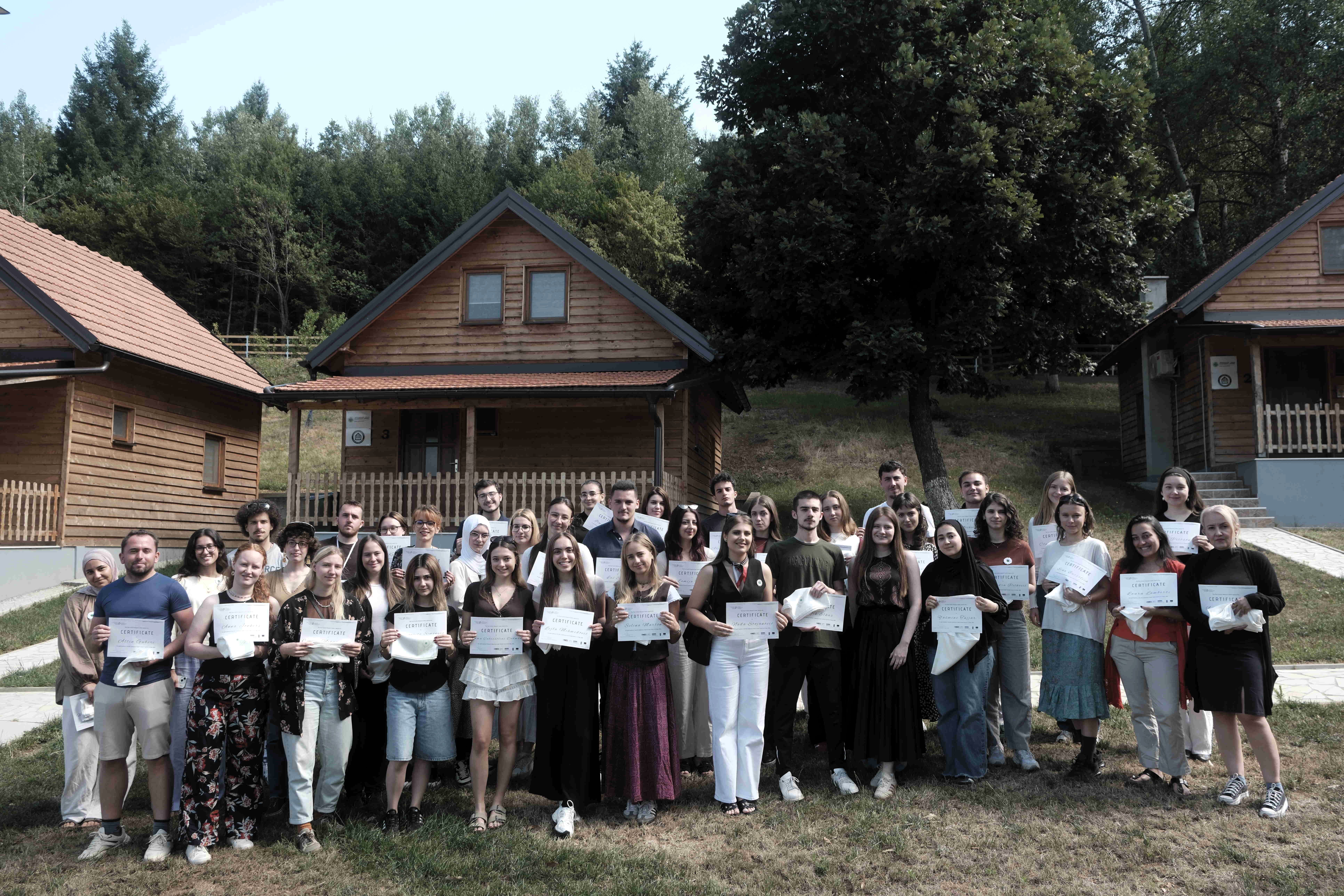
Young researchers, leaders, and activists from Bosnia and Herzegovina (BiH) and 22 other countries gathered from July 6th to 12th at the sixth Srebrenica Youth School, organized by the Post-Conflict Research Center.
On the occasion of the 30th anniversary of the Srebrenica genocide, youth participants learned about war crimes and genocide prevention, and the preservation of cultures of remembrance in Sarajevo, Tuzla, and Srebrenica. They had the opportunity to network with peers from all over the world as well as to attend the commemoration of the Srebrenica genocide and pay tribute to the victims.
The program opened in Sarajevo with the laying of flowers at the Eternal Flame, a monument to military and civilian victims of World War II. Afterwards, representatives of the European Union, the United Nations Development Programme (UNDP), and the Post-Conflict Research Center (PCRC) addressed the participants.
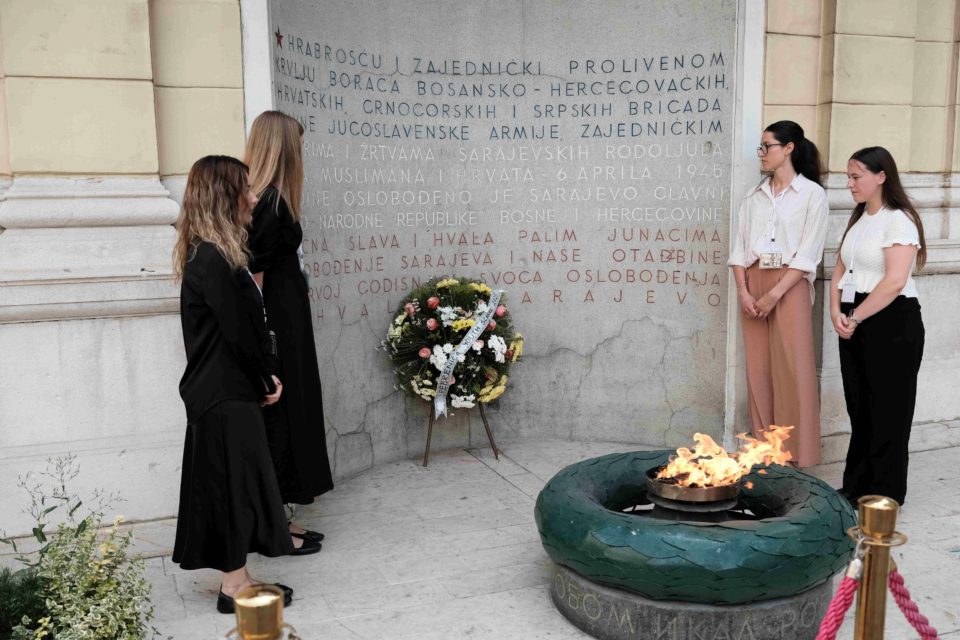
“Rebuilding trust is at the heart of reconciliation. Without trust, we cannot build the future,” said Aurélie Valtat, Head of European Integration, Political Affairs, Public Relations, and Information of the European Union Delegation to BiH.
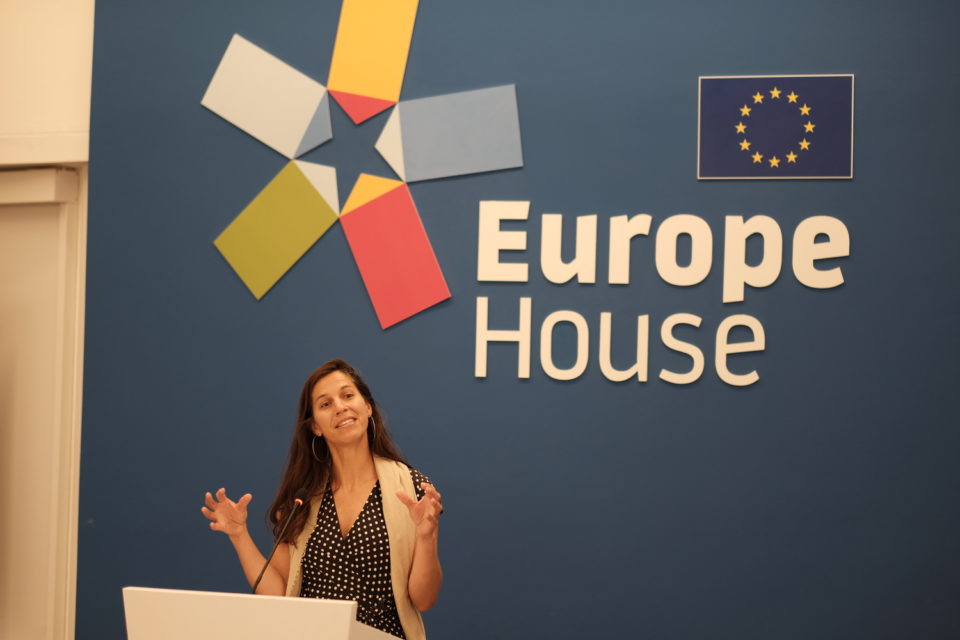
Renaud Meyer, resident UNDP representative in BiH, emphasized that “we must focus on becoming champions of peace,” while Velma Šarić, PCRC founder and president, stressed the importance of investing in peace education as the basis of a society that learns from the past and builds a fairer future.
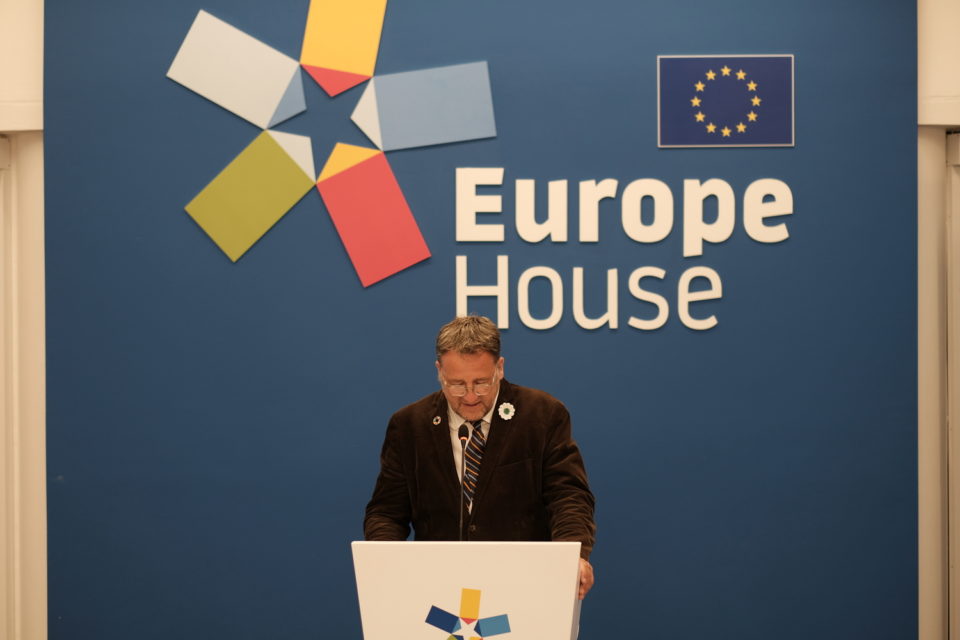
PCRC program director Tatjana Milovanović thanked our youth participants from BiH, the Western Balkans, the European Union, the United States, Turkey, Canada, and Great Britain for their willingness to learn about the difficult past and connect through joint work in peace.
After the opening ceremony, participants spoke with Thomas Unger from the Dutch organization Impunity Watch about transitional justice mechanisms. They expanded their knowledge through discussions with experts from the UN, the OSCE, the International Commission on Missing Persons, and other organizations, as well as participated in a workshop with Jasmin Jašarević from the PRONI Center on connecting young people.
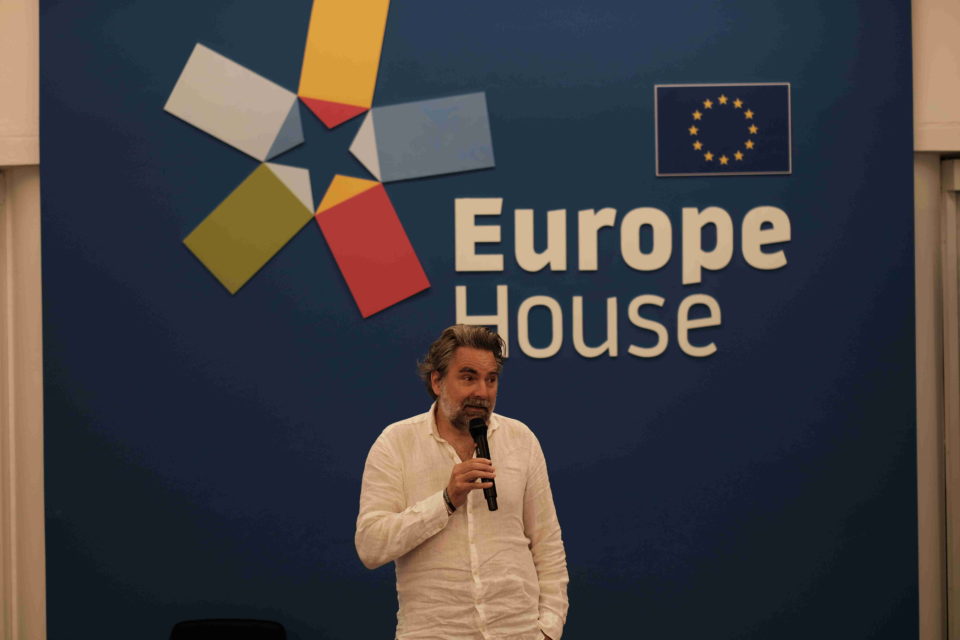
Jašarević’s workshop was especially inspiring, as he explained in an engaging and interactive way how to build connections and trust among young people. Through practical examples and group work, participants had the opportunity to develop skills that will help them collaborate more effectively with others.
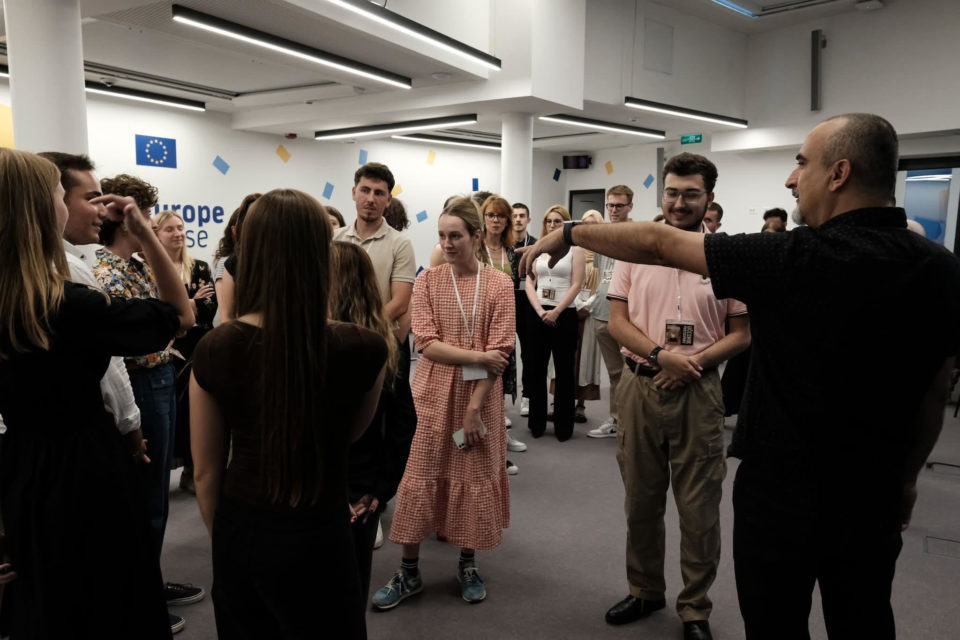
Connecting Through Art, Empathy, and Hope
As part of the Youth School, participants visited the artistic installation “Mother’s Scarf” at the Sarajevo City Hall, created in partnership with the Movement of the Mothers of the Srebrenica and Žepa Enclaves. Some participants helped with the display of scarves from all over the world, symbolizing empathy and hope for a better future. They also attended the opening of the “Majke/Mothers” exhibition, which, through portraits by artist Nour Hassan, honors the courage and struggle of women whose loved ones were killed in the genocide.
For Iris Knežević from Zagreb, the program conveyed a clear message: “Srebrenica is resistance to oblivion.” She notes that Srebrenica is not only a warning, but also a source of resilience against nationalist narratives.
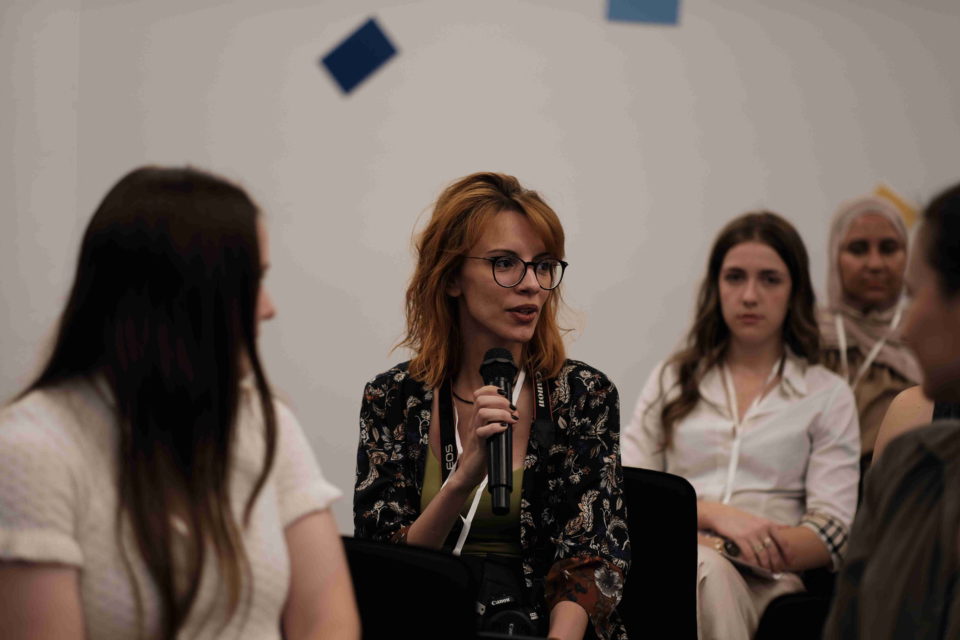
“I’m encouraged by the fact that civil society organizations build bridges with dialogue every day. I believe that education can build a society that remembers and encourages empathy,” said Knežević.
Our youth participants also took part in the international conference “Srebrenica 1995–2025: Dealing With the Past,” where representatives of international and domestic institutions spoke about the prosecution of genocide, the prevention of denial, and the importance of education.
In Tuzla, they met with anthropologist Dragana Vučetić to discuss the work of the International Commission for Missing Persons and their Identification Project in the Podrinje region, where the incomplete remains of genocide victims are still being uncovered today. They also visited the Tuzla Gate, or Kapija, where they paid tribute to the young people killed there during the war and watched the film “Kapija ‘95,” produced by the PCRC, which details this massacre.
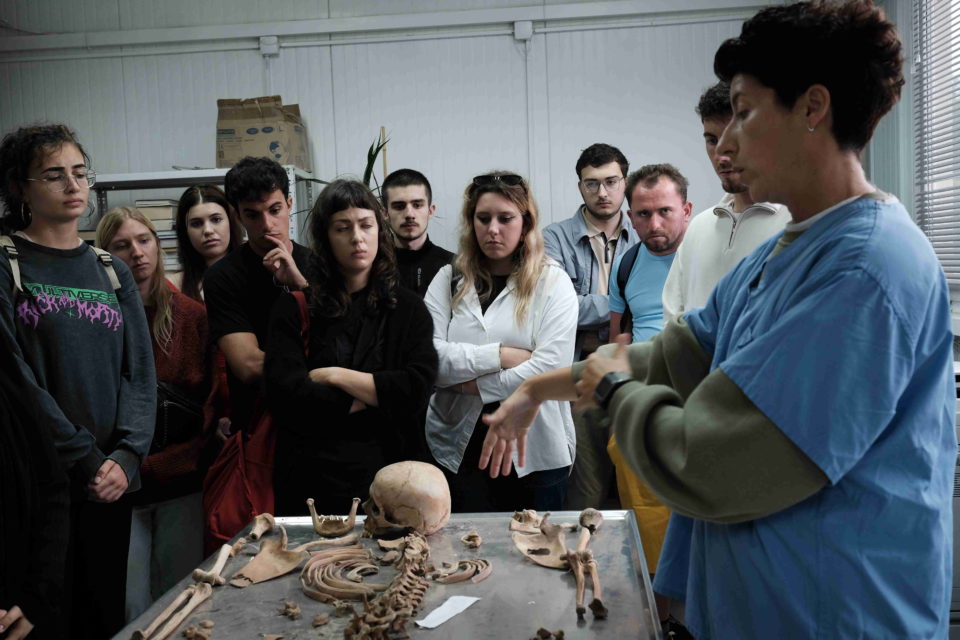
Participants then proceeded to Srebrenica, where they laid flowers at the Srebrenica Memorial Center and attended the reception of coffins containing the remains of the seven individuals laid to rest this year. On the International Day of Remembrance, July 11th, participants attended the burial of these seven recently identified genocide victims.
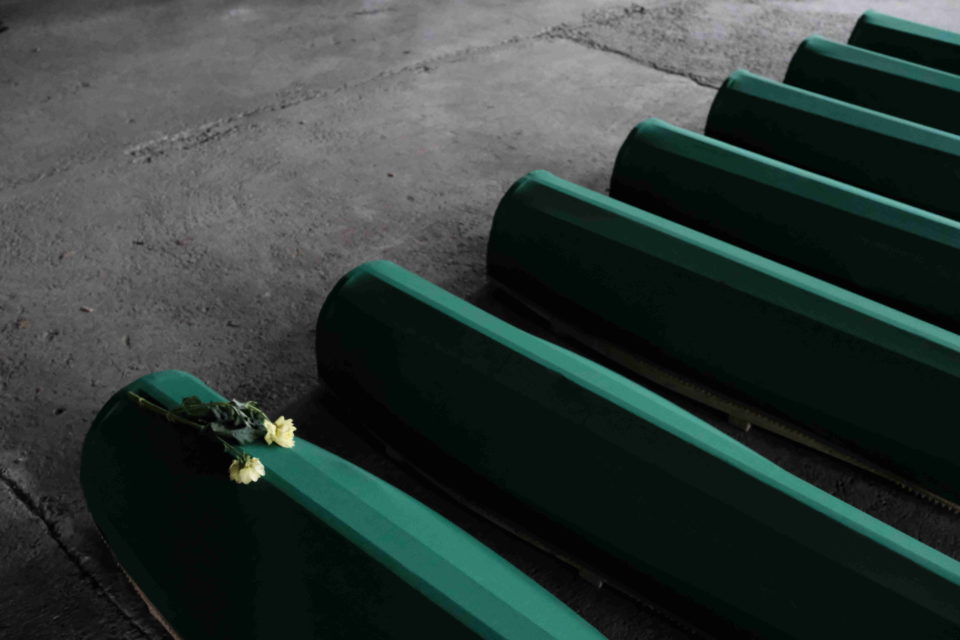
For Merve Öcalan from Turkey, Srebrenica is a tragedy that has left a permanent mark on history. “Families are coming together around this pain, but so are people around the world,” she said, adding that she believes that one day people will truly learn from the past and cease to commit atrocities.
At the end of the program, a lecture was held by James Smith from the Aegis Trust organization, who spoke about the experiences of survivors of the Rwandan genocide. Participants also had the opportunity to see the Srebrenica Memorial Center’s multimedia exhibitions, talk with survivors and Mothers of Srebrenica, and learn more about the life of young people in this area through meetings with representatives of the local OSCE Mission and Ismar Porić from the House of Good Tones, a local non-governmental organization that combines music and art to empower Podrinje youth.
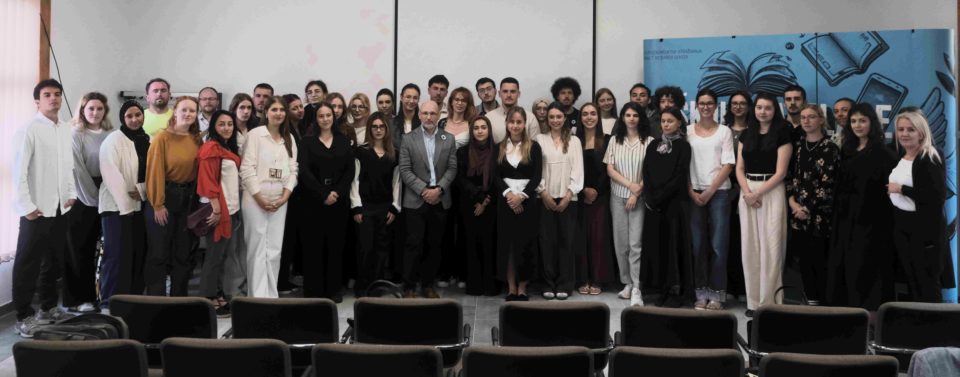
_______________
The Srebrenica Youth School was implemented with the financial support of the National Endowment for Democracy (NED), the regional project “EU Support to Confidence Building in the Western Balkans” and the OSCE Mission to BiH.




